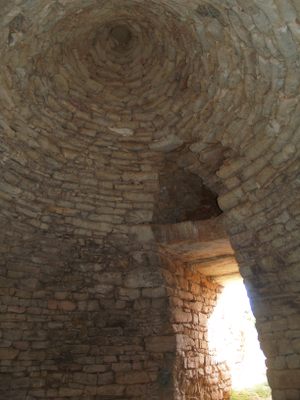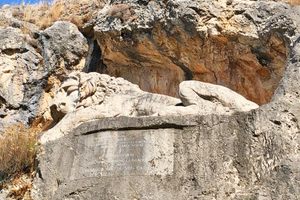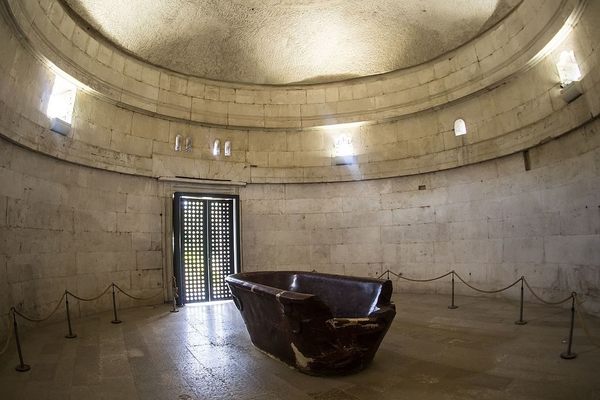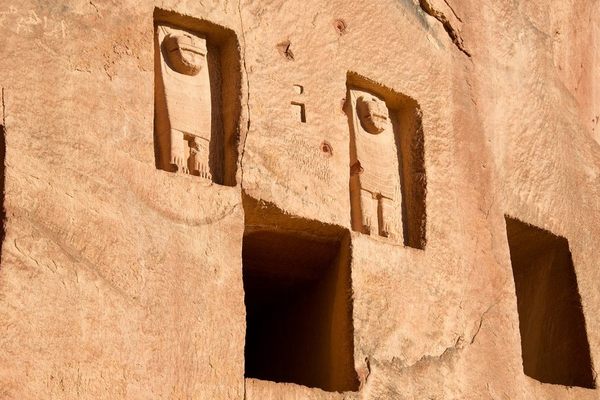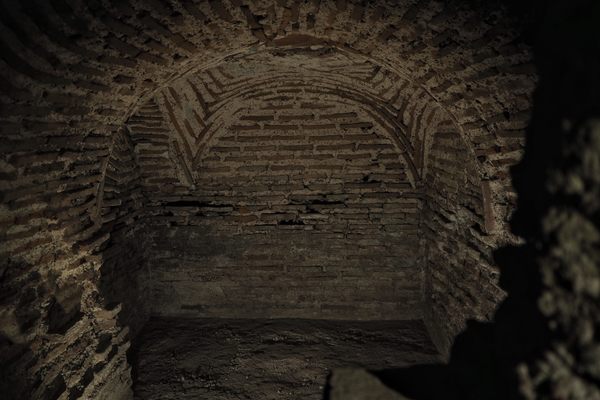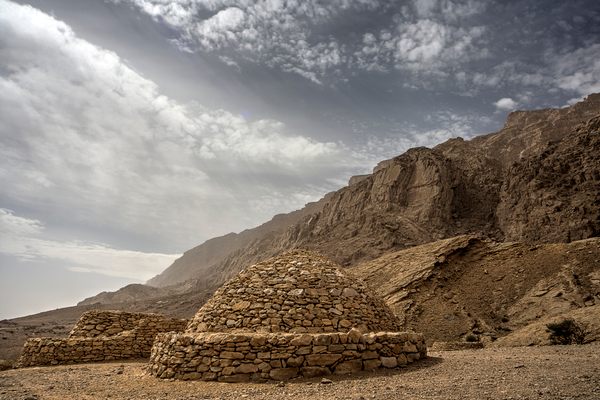About
The Citadel of Tiryns was a major Mycenaean citadel that was believed to be built by Proitos, the grandfather of Perseus and founder of Mycenae in approximately 1600 BC. During excavations of the area in 1913, a tholos tomb—a beehive-shaped structure—was discovered one kilometer below the citadel on the west slope of Profitis Ilias Hill.
Tholos tombs were not uncommon in ancient Greece, especially in this area of the country. This tholos, much like the others, is characterized by a high-pitched false dome that resembles a beehive.
The ancient tomb of Tiryns sits at the end of a 10-foot-wide, 42-foot-long sunken walkway flanked by slabs of limestone that lead to a large, double-door entrance. This entrance has wall paintings and connects to the 28-foot-diameter interior chamber.
The people who rediscovered the tomb found it to be in excellent condition. There were no sarcophagus found inside, only potsherd, as well as a strange, round stone believed to be an altar of some kind and a rectangular stone with a square indentation carved in the rear.
It is unknown who built the tomb, or who exactly it was built for. But based on its size and analysis of the potsherd, it appears the tomb was built for a cult hero in between 1300 and 1400 BC. It is believed the tomb was either never used as designed or was looted during Roman times.
Related Tags
Know Before You Go
The tholos tomb of Tiryns is difficult to find. Signage is limited and what signage exists is either on the ground or has been damaged. The tomb sits at the end of a long and uneven dirt road. Just when you are certain you are lost you will see a large citrus orchard. Continue forward and you will see one of the few remaining upright signs next to a gate (pictured). The tomb sits inside the gate at the end of the path that splits that particular orchard (no portion of the tomb is visible from the gate).
The tomb is open daily from 10:00 a.m. to 6:00 p.m. Admission is free
Published
October 16, 2019







